Fall is in full swing. As you begin to check off your fall to-do lists around the yard, don’t forget to protect your trees for winter. What exactly are you protecting your trees from you may ask?
Young trees benefit from having their trunks protected with either a trunk guard or tree wrap. This protective covering keeps deer from rubbing their horns and tearing the bark during rut and rabbits from potentially girdling your trees.
Another benefit of protecting your trees is reducing the risk of sun scald. Sun scald occurs during winter when the sun’s heat reflects off the snow, warming the bark, and the trunk freezes overnight. This repeated thaw and freeze can cause a crack to form and the bark peels away from the tree. This result does not threaten the tree but is typically an eyesore.
We can help you cross off this task from your list! We have both tree wrap and guards in stock.
The breathable fabric tree wrap comes as a 3″x50′ roll and the corrugated tree guards come in sizes of 2″ diameter up to 4″ diameter to fit a large assortment of trees.
Stop at the garden center and let our staff assist you in protecting your trees for fall and winter.
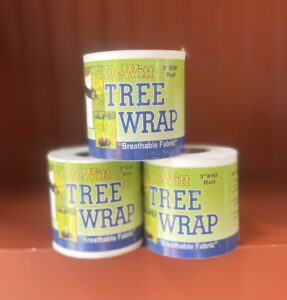
Fabric Tree Wrap 3″x50′ Roll
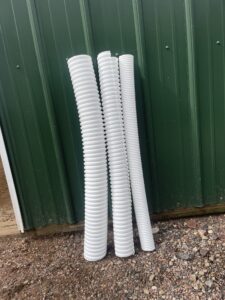
Trunk Guards Available in 2″-4″ Diameters





 plants. Cut back your perennial grasses to about 3-4 inches above the ground if you have not already done so. Maybe leave a few blades of this dried grass behind for the birds to build nests. Next rake up all the old garden debris and matted leaves as this matter is a great hiding spot for slugs and insects plus it harbors disease. Dig out weeds. For healthier plants with more blooms consider putting down a thin layer of compost followed by a time-release fertilizer. Now sit back and enjoy your future blooms.
plants. Cut back your perennial grasses to about 3-4 inches above the ground if you have not already done so. Maybe leave a few blades of this dried grass behind for the birds to build nests. Next rake up all the old garden debris and matted leaves as this matter is a great hiding spot for slugs and insects plus it harbors disease. Dig out weeds. For healthier plants with more blooms consider putting down a thin layer of compost followed by a time-release fertilizer. Now sit back and enjoy your future blooms.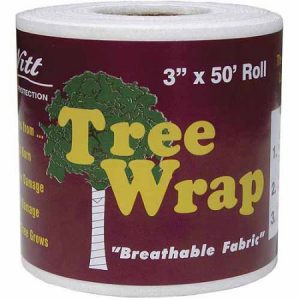

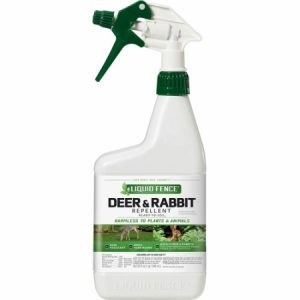
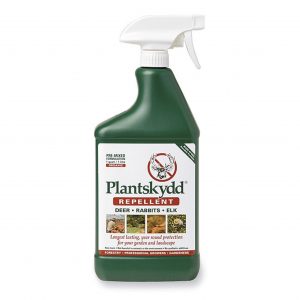
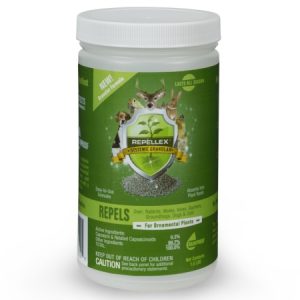
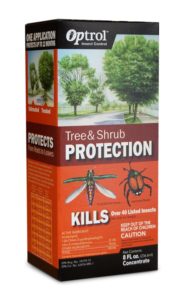 Optrol is the product of choice for tree care professionals. It is the only retail product that provides the killing power needed to control Japanese Beetles and Emerald Ash Borer on all sizes of trees.
Optrol is the product of choice for tree care professionals. It is the only retail product that provides the killing power needed to control Japanese Beetles and Emerald Ash Borer on all sizes of trees.